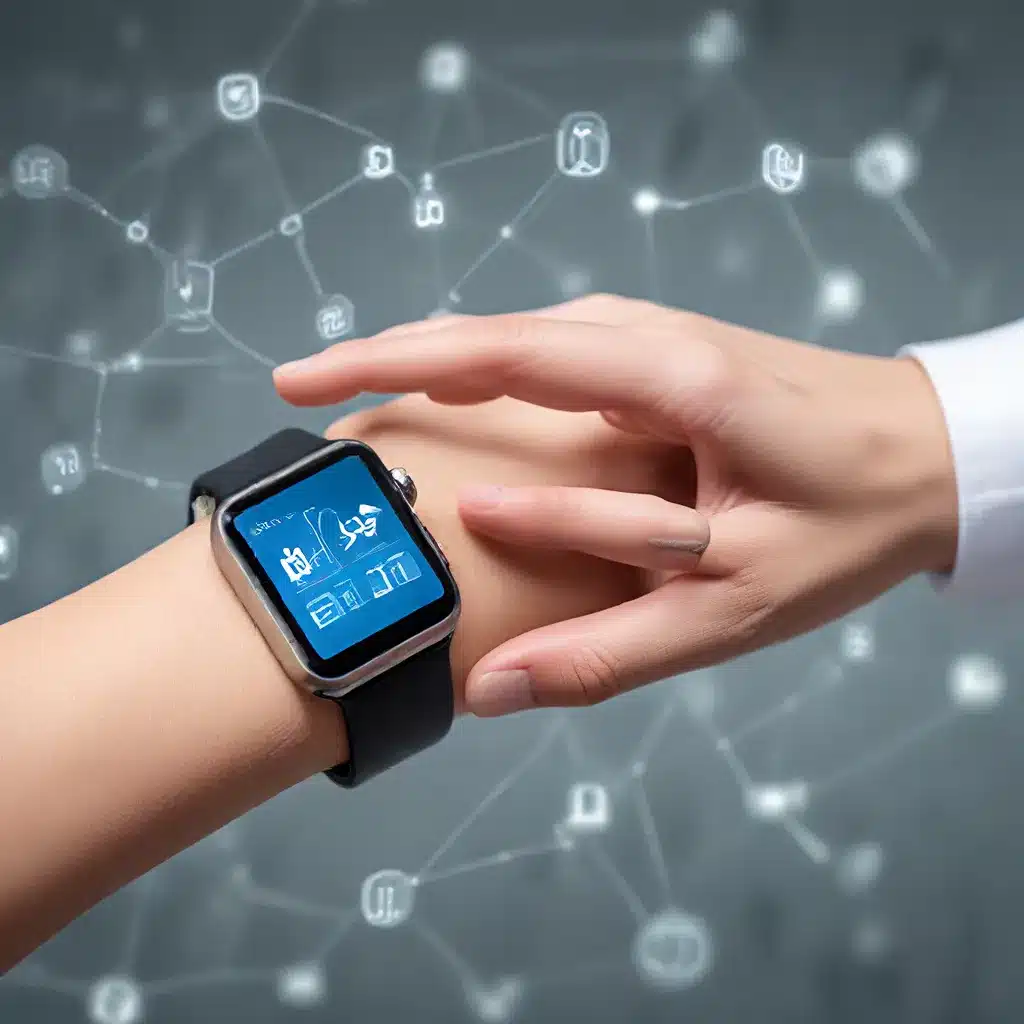
The Rise of Sensor Networks in Healthcare
Sensor networks have become increasingly integral to the healthcare industry, revolutionizing the way patient data is collected, monitored, and analyzed. As the Internet of Things (IoT) continues to expand, healthcare organizations are leveraging sensor-based technologies to enhance patient care, improve clinical decision-making, and drive better health outcomes.
One of the key advantages of sensor networks in healthcare is their ability to continuously monitor vital signs, activity levels, and other physiological parameters. By deploying a network of wearable devices or strategically placed sensors, healthcare providers can gather real-time data on patient health, enabling them to detect early warning signs, respond to emergencies more quickly, and provide more personalized treatment plans.
Moreover, the integration of sensor networks with cloud-based platforms and advanced analytics has opened up new frontiers in healthcare data management. Healthcare professionals can now access comprehensive patient data, identify trends, and make informed decisions to optimize care delivery. This convergence of sensor technologies and data-driven insights has paved the way for predictive analytics, allowing healthcare organizations to anticipate and address potential health issues before they escalate.
Enhancing Patient Outcomes with IoT-Powered Sensor Networks
The applications of sensor networks in healthcare span a wide range of areas, each contributing to improved patient outcomes. One prominent example is the use of remote patient monitoring (RPM) systems, which leverage wearable sensors to track the health status of patients, particularly those with chronic conditions or those recovering from acute illnesses. By continuously monitoring vital signs, medication adherence, and other relevant data, RPM systems enable healthcare providers to intervene proactively, reducing the risk of hospital readmissions and improving the overall quality of life for patients.
Another area where sensor networks have made a significant impact is in fall detection and prevention. By incorporating motion sensors, pressure pads, and other detection technologies into smart home environments, healthcare organizations can identify potential fall risks, alert caregivers, and implement preventive measures to safeguard vulnerable patients, particularly the elderly or those with mobility challenges.
Sensor-based technologies have also revolutionized the field of chronic disease management, enabling patients to actively participate in their own care. Devices like continuous glucose monitors, connected inhalers, and smart scales allow individuals to track their condition, receive personalized feedback, and collaborate more effectively with their healthcare providers, leading to better health outcomes and improved quality of life.
Addressing the Challenges of Sensor Network Implementation
While the benefits of sensor networks in healthcare are well-established, the implementation of these technologies is not without its challenges. One of the key considerations is data security and privacy, as the collection and transmission of sensitive patient data require robust safeguards to protect against unauthorized access, data breaches, and potential misuse.
Healthcare organizations must also address the interoperability of sensor devices and the integration of data from multiple sources, ensuring seamless data flow and the ability to derive meaningful insights. Standardization of data formats, communication protocols, and data-sharing mechanisms are crucial in this regard, as they enable the effective aggregation and analysis of patient information.
Furthermore, the energy management of sensor networks in healthcare settings is a critical factor, as devices must operate reliably and efficiently to maintain continuous monitoring and data transmission. Advancements in battery technology, energy harvesting techniques, and power-efficient sensor design are essential to address the energy challenges and ensure the long-term sustainability of these systems.
Future Trends and Innovations in Sensor-Powered Healthcare
As sensor networks and IoT technologies continue to evolve, the healthcare industry is poised to witness even more transformative advancements. Artificial Intelligence (AI) and machine learning (ML) algorithms are being increasingly integrated with sensor-based systems, enabling more sophisticated data analysis, predictive modeling, and personalized care recommendations.
The emergence of 5G and edge computing technologies is also expected to play a significant role in the future of sensor-powered healthcare. By enabling low-latency, high-bandwidth data transmission and local data processing, these advancements will empower real-time decision-making, improve response times, and facilitate the development of more advanced telemedicine and remote care solutions.
Moreover, the integration of blockchain technology with sensor networks holds the potential to enhance data security, transparency, and traceability in healthcare applications. By leveraging the decentralized nature of blockchain, healthcare organizations can ensure the integrity of patient data and facilitate secure data sharing among authorized stakeholders.
As the healthcare industry continues to embrace sensor-powered innovations, the future of patient care will be shaped by the convergence of cutting-edge technologies, data-driven insights, and a deep understanding of patient needs. By harnessing the power of sensor networks and IoT, healthcare providers can unlock new frontiers in disease prevention, early intervention, and personalized treatment, ultimately enhancing the overall well-being and quality of life for patients worldwide.